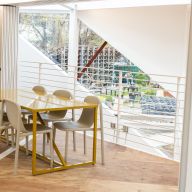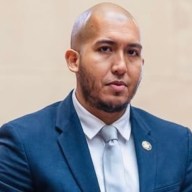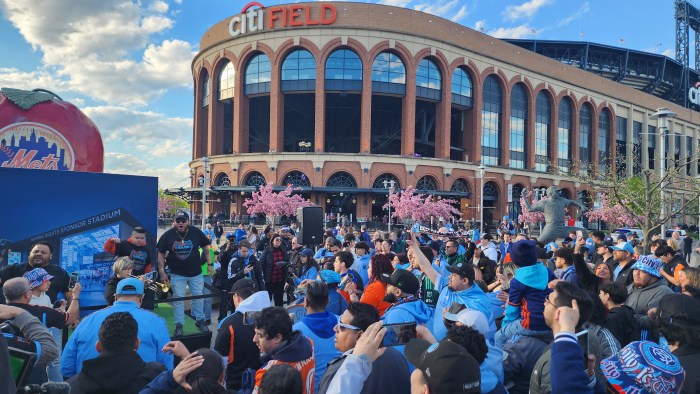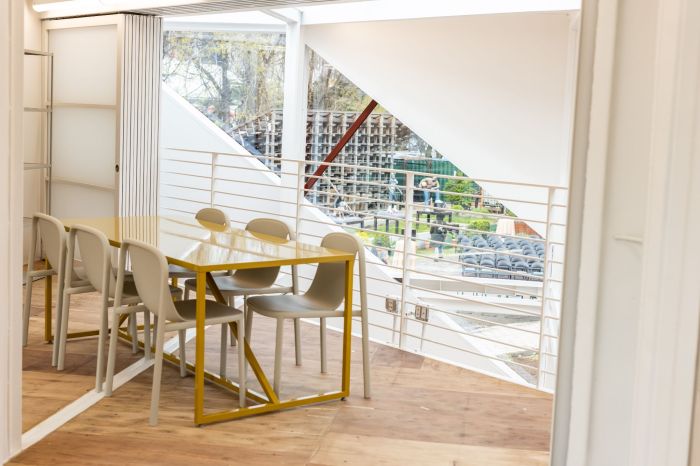By Dustin Brown
The population of western Queens has increased by more than 10 percent since 1990, largely due to a dramatic rise in the area’s Hispanic population, the 2000 census shows.
The findings come from an analysis of census data compiled by Dr. Andrew Beveridge, a demographer at Queens College, who calculated the statistics for 65 neighborhoods in Queens.
Western Queens as defined by this study includes Steinway, Long Island City, Hunter’s Point, Sunnyside, Woodside, Ridgewood, Glendale, Middle Village, and Maspeth.
The combined populations of these neighborhoods increased from 419,465 in 1990 to 463,688 in 2000, a jump of 44,073, or 10.5 percent.
The Hispanic population posted gains even greater than those for the population as a whole, jumping by 46,231 or about 50 percent, from 92,231 to 138,462.
Among western Queens neighborhoods the greatest population growth was in Ridgewood (17.2 percent), Steinway (15.4 percent), Hunters Point (15.1 percent), Woodside (14.8 percent) and Glendale (13.2 percent), while increases of under 4 percent were recorded in Middle Village and Sunnyside.
Many of the most significant changes occurred in Ridgewood, where 40,497 people are crowded into less than a square mile, setting it apart as the most densely populated neighborhood in the western part of the borough, and the fifth most densely populated in all of Queens.
The Hispanic population in Ridgewood has jumped by 144 percent since 1990, and nearly one out of every two Ridgewood residents is Hispanic.
The Hispanic population also increased by more than 115 percent in Glendale and Maspeth, while in all other western Queens neighborhoods it rose more modestly by between 20 and 30 percent.
Ridgewood also posted the largest drop in the non-Hispanic white population — a nearly 30 percent decline.
“We haven’t had any negative things, we’ve only gotten more diverse, and in that way Ridgewood looks more like New York City,” said state Assemblywoman Cathy Nolan (D-Ridgewood). “I think a lot of the Latino community are people who came from Brooklyn and worked their way up to buying a home in Ridgewood.”
The non-Hispanic white population dropped in every western Queens neighborhood except for Hunter’s Point, where that population increased by 7.5 percent. Hunter’s Point also ranks among the least densely-populated regions in the borough, with 9,203 residents per square mile.
At 3.9 percent, the non-Hispanic black population in western Queens is significantly lower than in the borough as a whole, which has a black population of 20 percent. The largest black community in the area is in Long Island City, making up 9.2 percent of the population. In other parts of western Queens, the black population ranges from 0.6 percent in Maspeth to 2.8 percent in Hunter’s Point.
Although Maspeth has the smallest black population in the region, it also posted the largest percentage gain — 250 percent, from 47 black residents in 1990 to 165 in 2000.
At 22,780, Long Island City posted the largest Asian population. Nowhere in western Queens do Asians account for a larger portion of the population than in Woodside, however, where 34.31 percent of residents are Asian, a nearly 50 percent increase over 1990.
The largest jumps in the Asian population were in Steinway (132.8 percent) and Hunters Point (98.35 percent).
“We’ve noticed as far as the Asian population that’s moved into the community and the Hispanic population, that has been a very big increase over the past 10 years — especially the Asian population,” said Community Board 2 Chairman Joseph Conley, whose district includes Woodside, Sunnyside, and Hunter’s Point. “That’s where we’ve seen the most and it’s easiest to recognize — you go down the street and the writings are on their businesses.”
Reach reporter Dustin Brown by e-mail at Timesledgr@aol.com or call 229-0300, Ext. 154.
































